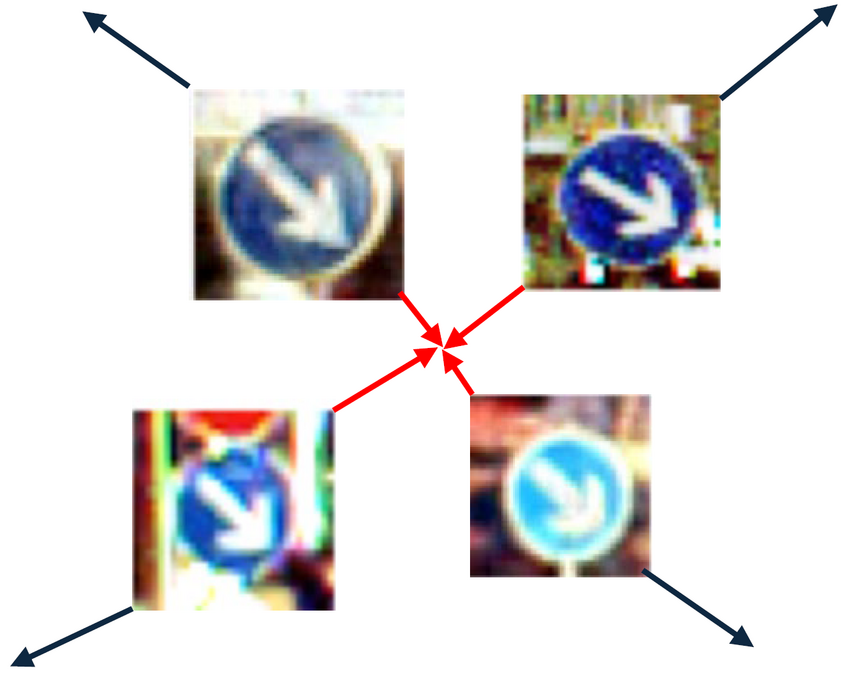Clustering High-dimensional Data: Balancing Abstraction and Representation
Claudia Plant, Lena G. M. Bauer, Christian Böhm
Wednesday, January 21, 2026, 10:45 a.m. - 12:30 p.m. at Singapore EXPO
Summary and Outline
How to find a natural grouping of a large real data set? Clustering requires a balance between abstraction and representation. To identify clusters, we need to abstract from superfluous details of individual objects, such as background or lighting in images as shown in Figure 1.

Figure 1: Conflicting Goals Abstraction and Representation
But we also need a rich representation that emphasizes the key features shared by groups of objects that distinguish them from other groups of objects. Each clustering algorithm implements a different trade-off between abstraction and representation. Classical K-means implements a high level of abstraction – details are simply averaged out – combined with a very simple representation – all clusters are Gaussians in the original data space.
We will see how approaches to subspace and deep clustering support high-dimensional and complex data by allowing richer representations. However, with increasing representational expressiveness comes the need to explicitly enforce abstraction in the objective function to ensure that the resulting method performs clustering and not just representation learning. We will see how current deep clustering methods define and enforce abstraction through centroid-based and density-based clustering losses. Balancing the conflicting goals of abstraction and representation is challenging.
Ideas from subspace clustering help by learning one latent space for the information that is relevant to clustering and another latent space to capture all other information in the data. The tutorial ends with an outlook on future research in clustering. In our view, future methods will more adaptively balance abstraction and representation to improve performance, energy efficiency and interpretability. By automatically finding the sweet spot between abstraction and representation, the human brain is very good at clustering and other related tasks such as single-shot learning. So, there is still much to be explored.
Presentation and Ressources
Coming soon.
